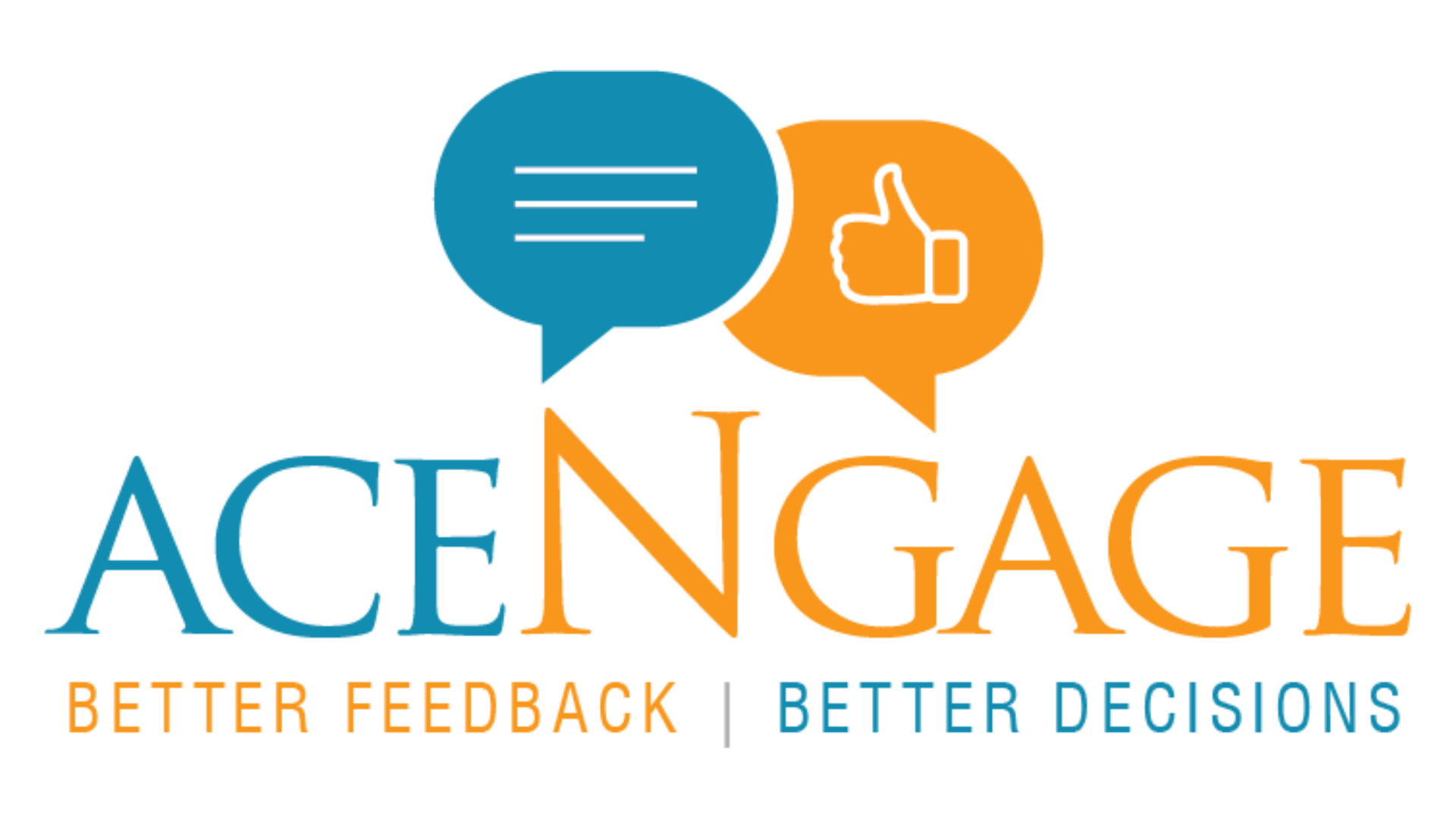[vc_row row_type=”row” text_align=”left”][vc_column][vc_row_inner][vc_column_inner][vc_column_text]Employee experience has evolved significantly over the years, with a notable shift from traditional perks to a more purpose-driven approach. In this article, we’ll explore the intricacies of employee engagement, the benefits that extend beyond conventional offerings, and the pivotal role of purpose in shaping a positive workplace atmosphere.
Employee engagement goes beyond merely offering benefits. It is about fostering a work environment where employees feel valued, motivated, and aligned with the organization’s goals.
While traditional perks are essential, organizations are increasingly recognizing the significance of infusing purpose into the workplace to enhance overall employee experience.[/vc_column_text][/vc_column_inner][/vc_row_inner][ultimate_spacer height=”20″][vc_column_text]
Understanding Employee Engagement
Employee engagement refers to the commitment and emotional involvement employees have towards their work and the organization.
Various factors, including work environment, relationships with colleagues, and opportunities for growth, contribute to employee engagement.
A highly engaged workforce leads to increased productivity, lower turnover rates, and a positive organizational culture.
“Companies like Google and Patagonia are renowned for integrating a strong sense of purpose into their corporate culture, emphasizing employee well-being and contributing to social and environmental causes.[/vc_column_text][ultimate_spacer height=”20″][vc_row_inner][vc_column_inner][vc_column_text]
Beyond Traditional Benefits
Traditional benefits include health insurance, retirement plans, and paid time off, which, while crucial, may not be sufficient for sustained employee engagement. Relying solely on traditional benefits may overlook the holistic needs of employees, leading to dissatisfaction and disengagement.
Organizations are re-evaluating their approach, recognizing the need for a comprehensive employee experience that goes beyond perks.[/vc_column_text][ultimate_spacer height=”20″][vc_column_text]
The Role of Purpose
Infusing purpose involves aligning organizational values with employees’ personal and professional goals. When employees find purpose in their work, they are more likely to be engaged, leading to increased job satisfaction.
Purpose-driven work not only enhances engagement but also contributes to a positive workplace culture.
As Richard Branson aptly puts it, “Clients do not come first. Employees come first. If you take care of your employees, they will take care of the clients.”[/vc_column_text][ultimate_spacer height=”20″][vc_column_text]
Personal Growth and Development
Encouraging continuous learning fosters personal and professional growth among employees. Organizations that invest in employee development witness improved performance and heightened job satisfaction. A culture that values growth creates a sense of belonging and encourages employees to invest in their careers.
According to a Gallup survey, highly engaged teams show 21% greater profitability. Additionally, organizations with strong employee engagement outperform their counterparts in terms of earnings per share by 147%, according to a report by the Hay Group.[/vc_column_text][ultimate_spacer height=”20″][vc_column_text]
Building a Positive Work Environment
[/vc_column_text][ultimate_spacer height=”20″][vc_column_text]
A. Creating a Healthy Workplace Culture
A positive work culture promotes collaboration, communication, and a sense of community among employees.[/vc_column_text][ultimate_spacer height=”15″][vc_column_text]
B. The Role of Leadership in Shaping Culture
Leaders play a pivotal role in setting the tone for the workplace culture, influencing engagement levels.[/vc_column_text][ultimate_spacer height=”15″][vc_column_text]
C. Employee Well-being and Satisfaction
Prioritizing employee well-being contributes to overall satisfaction, impacting engagement and productivity.[/vc_column_text][ultimate_spacer height=”20″][vc_column_text]
Leveraging AceNgage for Employee Engagement
Recognizing and addressing challenges, such as communication gaps and lack of recognition, is crucial for sustained engagement. Implementing effective communication channels, recognition programs, and regular feedback mechanisms can help overcome engagement hurdles.
Employee experience is dynamic, requiring organizations to continuously assess and enhance their strategies to meet evolving needs.
The success stories of companies like Zappos, known for its unique company culture and focus on employee happiness, serve as compelling case studies in the realm of employee experience transformation.[/vc_column_text][ultimate_spacer height=”20″][vc_column_text]
Realizing the Business Impact
[/vc_column_text][ultimate_spacer height=”20″][vc_column_text]
A. Correlation Between Employee Engagement and Business Success
Studies consistently show a positive correlation between engaged employees and business success.[/vc_column_text][ultimate_spacer height=”15″][vc_column_text]
B. Quantifying the ROI of Employee Experience
Organizations can measure the return on investment by evaluating factors like productivity, retention rates, and overall employee satisfaction.[/vc_column_text][ultimate_spacer height=”15″][vc_column_text]
C. Long-Term Benefits for Organizations
Investing in a holistic employee experience yields long-term benefits, contributing to a positive employer brand and attracting top talent.[/vc_column_text][ultimate_spacer height=”20″][vc_column_text]
Conclusion
In summary, the evolution of employee experience from traditional perks to a purpose-driven approach emphasizes the need for a comprehensive strategy that goes beyond conventional benefits. This transformation involves fostering a sense of purpose, encouraging personal growth, and cultivating a positive work environment. Organizations recognize the importance of aligning values with individual goals, leveraging tools like AceNgage for effective communication, recognition programs, and feedback mechanisms. Continuous assessment and enhancement of strategies are crucial in meeting the evolving needs of employees.
Realizing the business impact of these efforts is essential, with studies consistently showing a positive correlation between engaged employees and business success. By quantifying the return on investment through factors such as productivity, retention rates, and overall employee satisfaction, organizations can justify and optimize their investments in employee experience. In the long run, prioritizing a holistic employee experience not only yields tangible benefits but also contributes to building a positive employer brand, attracting top talent, and ensuring sustained success in a competitive market.
[/vc_column_text][/vc_column_inner][/vc_row_inner][ultimate_spacer height=”20″][vc_row_inner][vc_column_inner][ultimate_spacer height=”20″][ultimate_spacer height=”20″][/vc_column_inner][/vc_row_inner][vc_row_inner][vc_column_inner width=”1/2″][vc_column_text]
[/vc_column_text][/vc_column_inner][vc_column_inner width=”1/2″][vc_column_text]
[/vc_column_text][/vc_column_inner][/vc_row_inner][ultimate_spacer height=”40″][/vc_column][/vc_row][vc_row][vc_column][vc_raw_js]JTNDc2NyaXB0JTIwdHlwZSUzRCUyMmFwcGxpY2F0aW9uJTJGbGQlMkJqc29uJTIyJTNFJTBBJTdCJTBBJTIwJTIwJTIyJTQwY29udGV4dCUyMiUzQSUyMCUyMmh0dHBzJTNBJTJGJTJGc2NoZW1hLm9yZyUyMiUyQyUwQSUyMCUyMCUyMiU0MHR5cGUlMjIlM0ElMjAlMjJCbG9nUG9zdGluZyUyMiUyQyUwQSUyMCUyMCUyMm1haW5FbnRpdHlPZlBhZ2UlMjIlM0ElMjAlN0IlMEElMjAlMjAlMjAlMjAlMjIlNDB0eXBlJTIyJTNBJTIwJTIyV2ViUGFnZSUyMiUyQyUwQSUyMCUyMCUyMCUyMCUyMiU0MGlkJTIyJTNBJTIwJTIyaHR0cHMlM0ElMkYlMkZ3d3cuYWNlbmdhZ2UuY29tJTJGZnJvbS1wZXJrcy10by1wdXJwb3NlLWVsZXZhdGluZy1lbXBsb3llZS1leHBlcmllbmNlLWJleW9uZC1iZW5lZml0cyUyRiUyMiUwQSUyMCUyMCU3RCUyQyUwQSUyMCUyMCUyMmhlYWRsaW5lJTIyJTNBJTIwJTIyRlJPTSUyMFBFUktTJTIwVE8lMjBQVVJQT1NFJTNBJTIwRUxFVkFUSU5HJTIwRU1QTE9ZRUUlMjBFWFBFUklFTkNFJTIwQkVZT05EJTIwQkVORUZJVFMlMjIlMkMlMEElMjAlMjAlMjJpbWFnZSUyMiUzQSUyMCUyMmh0dHBzJTNBJTJGJTJGd3d3LmFjZW5nYWdlLmNvbSUyRndwLWNvbnRlbnQlMkZ1cGxvYWRzJTJGMjAyNCUyRjAxJTJGRnJvbS1QZXJrcy10by1QdXJwb3NlLUVsZXZhdGluZy1FbXBsb3llZS1FeHBlcmllbmNlLUJleW9uZC1CZW5lZml0cy5qcGclMjIlMkMlMjAlMjAlMEElMjAlMjAlMjJhdXRob3IlMjIlM0ElMjAlN0IlMEElMjAlMjAlMjAlMjAlMjIlNDB0eXBlJTIyJTNBJTIwJTIyT3JnYW5pemF0aW9uJTIyJTJDJTBBJTIwJTIwJTIwJTIwJTIybmFtZSUyMiUzQSUyMCUyMkFjZW5nYWdlJTIyJTJDJTBBJTIwJTIwJTIwJTIwJTIydXJsJTIyJTNBJTIwJTIyaHR0cHMlM0ElMkYlMkZ3d3cuYWNlbmdhZ2UuY29tJTJGJTIyJTBBJTIwJTIwJTdEJTJDJTIwJTIwJTBBJTIwJTIwJTIycHVibGlzaGVyJTIyJTNBJTIwJTdCJTBBJTIwJTIwJTIwJTIwJTIyJTQwdHlwZSUyMiUzQSUyMCUyMk9yZ2FuaXphdGlvbiUyMiUyQyUwQSUyMCUyMCUyMCUyMCUyMm5hbWUlMjIlM0ElMjAlMjIlMjIlMkMlMEElMjAlMjAlMjAlMjAlMjJsb2dvJTIyJTNBJTIwJTdCJTBBJTIwJTIwJTIwJTIwJTIwJTIwJTIyJTQwdHlwZSUyMiUzQSUyMCUyMkltYWdlT2JqZWN0JTIyJTJDJTBBJTIwJTIwJTIwJTIwJTIwJTIwJTIydXJsJTIyJTNBJTIwJTIyaHR0cHMlM0ElMkYlMkZ3d3cuYWNlbmdhZ2UuY29tJTJGd3AtY29udGVudCUyRnVwbG9hZHMlMkYyMDIxJTJGMTElMkZhY2VuZ2FnZS1sb2dvLnBuZyUyMiUwQSUyMCUyMCUyMCUyMCU3RCUwQSUyMCUyMCU3RCUyQyUwQSUyMCUyMCUyMmRhdGVQdWJsaXNoZWQlMjIlM0ElMjAlMjIyMDI0LTAxLTIzJTIyJTBBJTdEJTBBJTNDJTJGc2NyaXB0JTNFJTBB[/vc_raw_js][/vc_column][/vc_row]







